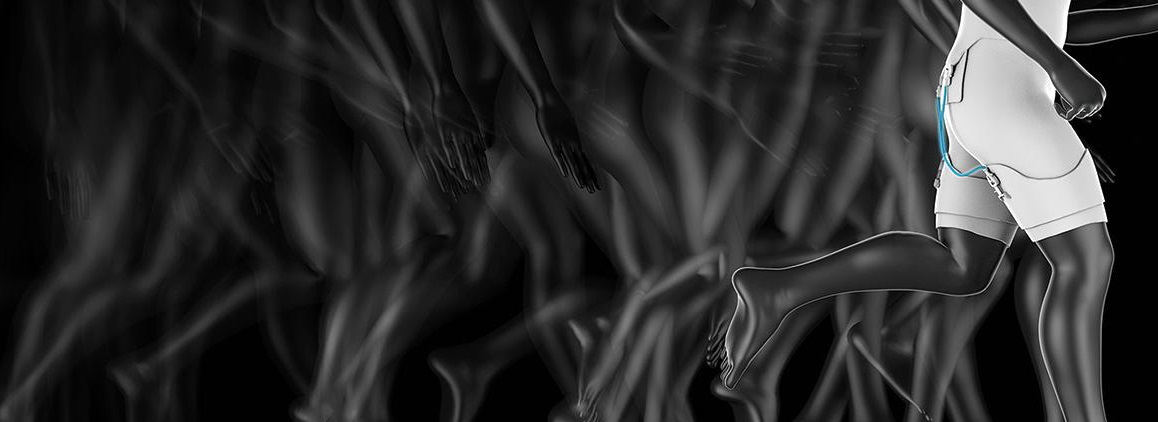When someone says “robotic exoskeleton,” the power loaders from Aliens are what come to mind for most people (or at least me), but the real things will be much different: softer, smarter, and used for much more ordinary tasks. The latest such exo from Harvard is so low-profile you could wear it around the house.
Designed by researchers at Harvard’s Wyss Institute (in collaboration with several other institutions), which focuses on soft robotics and bio-inspired mechanisms, the exosuit isn’t for heavy lifting or combating xenomorphs but simply walking and running a little bit more easily.
The suit, which is really more of a pair of shorts with a mechanism attached at the lower back and cables going to straps on the legs, is intended to simply assist the leg in its hip-extension movement, common to most forms of locomotion.
An onboard computer (and neural network, naturally) detects the movements of the wearer’s body and determines both the type of gait (walking or running) and what phase of that gait the leg is currently in. It gives the leg making the movement a little boost, making it just that much easier to do it.
In testing, the suit reduced the metabolic load of walking by 9.3 percent and running by 4 percent. That might not sound like much, but they weren’t looking to create an Olympic-quality cyborg — just show reliable gains from a soft, portable exosuit.
“While the metabolic reductions we found are modest, our study demonstrates that it is possible to have a portable wearable robot assist more than just a single activity, helping to pave the way for these systems to become ubiquitous in our lives,” said lead study author Conor Walsh in a news release.
The whole idea, then, is to leave behind the idea of an exosuit as a big mechanical thing for heavy industry or work, and bring in the idea that one could help an elderly person stand up from a chair, or someone recovering from an accident walk farther without fatigue.

The whole device, shorts and all, weighs about 5 kilograms, or 11 pounds. Most of that is in the little battery and motor pack stashed at the top of the shorts, near the body’s center of mass, helping it feel lighter than it is.
Of course this is the kind of thing the military is very interested in — not just for active duty (a soldier who can run twice as far or fast) but for treatment of the wounded. So it shouldn’t be a surprise that this came out of a DARPA project initiated years ago (and ongoing in other forms).
But by far the more promising applications are civilian, in the medical field and beyond. “We are excited to continue to apply it to a range of applications, including assisting those with gait impairments, industry workers at risk of injury performing physically strenuous tasks, or recreational weekend warriors,” said Walsh.
Currently the team is hard at work improving the robo-shorts, reducing the weight, making the assistance more powerful and more intuitive, and so on. The paper describing their system was the cover story of this week’s edition of the journal Science.
Read Full Article
No comments:
Post a Comment